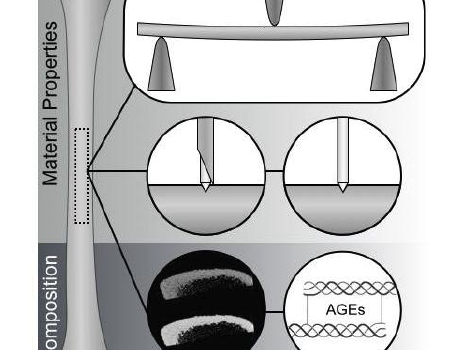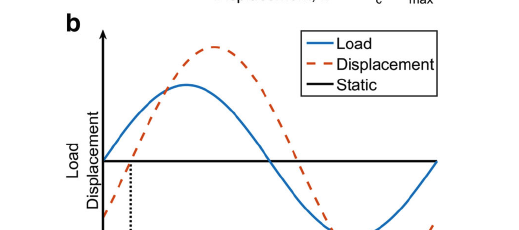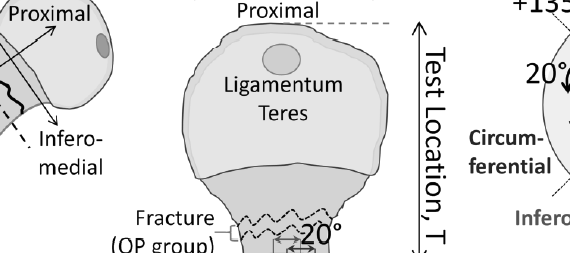Abstract The assessment of fracture risk often relies primarily on measuring bone mineral density, thereby accounting for only a single pathology: the loss of bone mass. However, bone’s ability to resist fracture is a result of its biphasic composition and hierarchical structure that imbue it with high strength and toughness. […]
OsteoProbe
Abstract Caloric restriction (CR), protein restriction (PR), and specific amino acid restriction (e.g., methionine restriction (MR)) are different dietary interventions that have been confirmed with regard to their comprehensive benefits to metabolism and health. Based on bone densitometric measurements, weight loss induced by dietary restriction is known to be accompanied […]
Abstract Dual-energy X-ray absorptiometry (DXA) is generally a very useful tool for assessing bone mineral density (BMD) and fracture risk. However, observational studies have shown that in certain instances, BMD as measured by DXA systematically over- or underestimates fracture risk. We herein describe the clinical conundrums encountered when assessing fracture […]
Abstract Substantial evidence exists that in addition to the well-known complications of diabetes, increased fracture risk is an important morbidity. This risk is probably due to altered bone properties in diabetes. Circulating biochemical markers of bone turnover have been found to be decreased in type 2 diabetes (T2D) and may […]
Abstract Tissue-level mechanical properties characterize mechanical behavior independently of microscopic porosity. Specifically, quasi-static nanoindentation provides measurements of modulus (stiffness) and hardness (resistance to yielding) of tissue at the length scale of the lamella, while dynamic nanoindentation assesses time-dependent behavior in the form of storage modulus (stiffness), loss modulus (dampening), and […]
Another diagnostic method recently introduced into the human clinical setting to assess bone quality and fracture risk is reference point indentation (RPI). This novel bone indentation technique has been employed in preliminary studies to assess bone tissue mechanical properties in people, and has been shown to correlate with traditional mechanical […]
Abstract Substantial evidence shows that skeletal fragility should be considered among the complications associated with type 2 diabetes. Individuals with type 2 diabetes have increased fracture risk, despite normal bone mineral density (BMD) and high BMI-factors that are generally protective against fractures. The mechanisms underlying skeletal fragility in diabetes are […]
Abstract Age-related fragility fractures are an enormous public health problem. Both acquisition of bone mass during growth and bone loss associated with ageing affect fracture risk late in life. The development of high-resolution peripheral quantitative CT (HRpQCT) has enabled in vivo assessment of changes in the microarchitecture of trabecular and […]
Abstract In contrast to traditional approaches to fracture risk assessment using clinical risk factors and bone mineral density (BMD), a new technique, reference point microindentation (RPI), permits direct assessment of bone quality; in vivo tibial RPI measurements appear to discriminate patients with a fragility fracture from controls. However, it is […]
Abstract The global trend towards increased longevity has resulted in ageing populations and a rise in diseases or conditions that primarily affect older persons. One such condition is osteoporosis (fragile or porous bones), which causes an increased fracture risk. Vertebral and hip fractures lead to increased morbidity and mortality and […]





